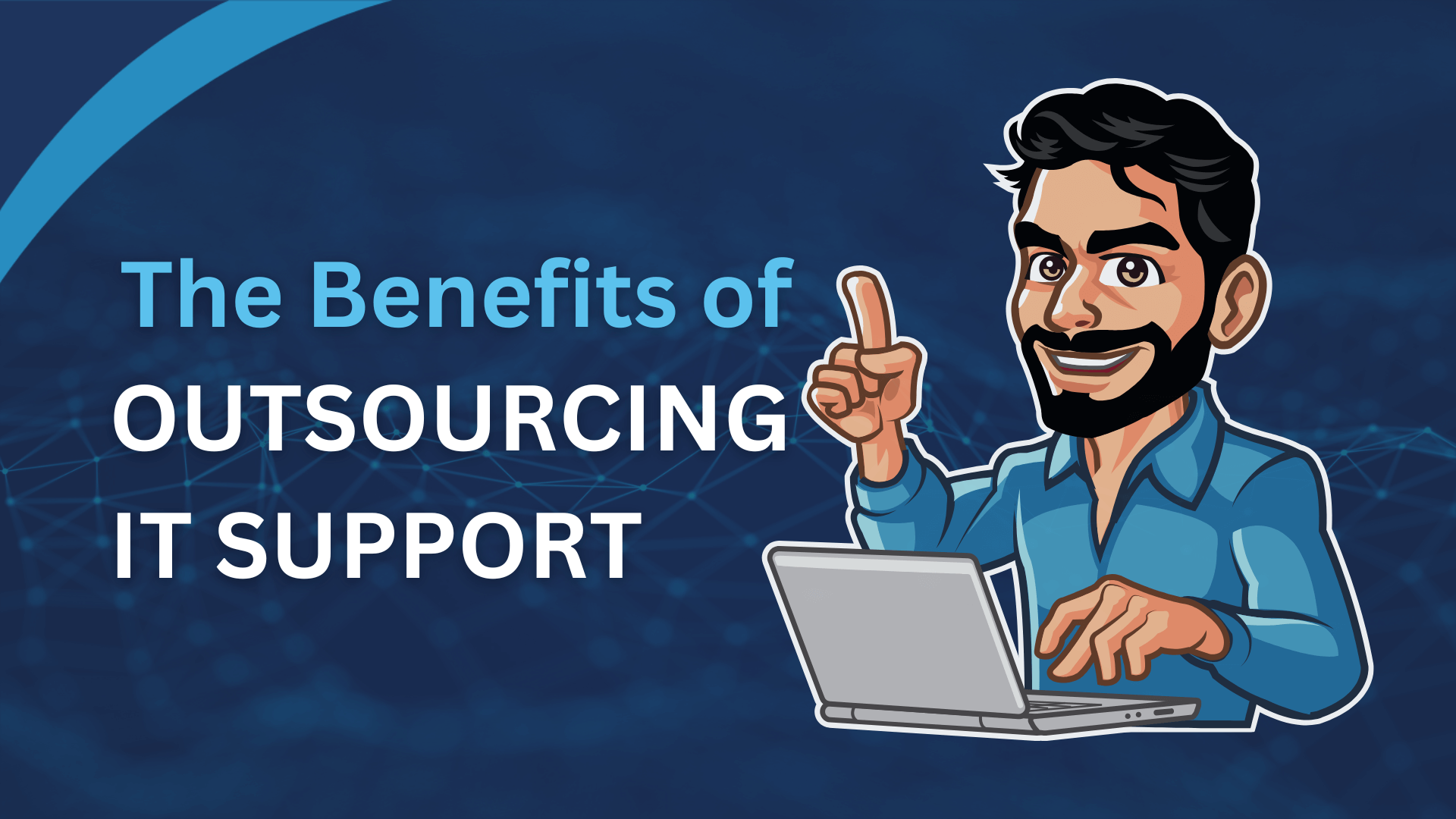
We all make mistakes now and then. When it comes to your business IT, small IT mistakes can have a big impact. The good news is that more often than not, a bit of employee IT training cut down these mistakes.
Backups
These days, so many things rely on computers. It is crazy to think that some businesses don’t have important data protected by backups. Even if you think that you are safe and have a system in place, it’s important to test the backups for integrity and usability. After all, you don’t want to find out when you need them most that none of your backups actually work!
Generally, it’s a good idea for businesses to make daily backups. Mission critical content should also have offsite backups. Offsite copies are important important for disaster recovery in situations such as a fire or a WannaCry style ransomware attack.
Hard Resets
Something which you should try to avoid is putting your equipment though hard power cuts. Generally this means cutting the power at the wall, or removing the power cable while the system is running. This can be bad for the system for multiple reasons. In the case of computers, abruptly losing power can potentially cause issues. If files were being worked on when it happened, it can also cause data corruption.
The best way to mitigate this kind of risk is to always shut down your equipment properly. Computers for example, should shut down cleanly from the start menu. If you can’t do this for whatever reason, the second best option would be to power cycle the system using the built-in power or reset buttons. This still allows the system to power cycle gracefully.
Password Tracking
One issue which is still unfortunately more common than it should be is poor password management. Passwords are a bit of a funny one. If a password is too long or complex, you won’t be able to remember it easily. If it is too short and simple it is less secure. Because of this, many people and businesses tend to re-use passwords or slight variations for multiple services. Even then many people still forget their passwords, not expecting to need them again for things like ISP account passwords. After-all, you set up your modem, you don’t need it anymore, right?
Wrong. It is inevitable that you will need your passwords again at some point. As such it is always worth while recording them in a secure fashion. (read: not stuck to your monitor on a sticky note). The best way to go about this is to use a password manager like 1Password or LastPass. These services let you store your credentials in a secure and organised fashion, and will make your life easier when you need to dig them out again some day.
Laptops Always Charging
Some users to treat their laptops like immobile workstations rather than portable computers. What this means is that many people who use laptops for work tend to leave them connected to the charger 24/7. If this sounds familiar, it is worth noting that it is less of an issue on new machines. On older laptops, this kind of behaviour resulted in shorter battery lives.
Generally speaking, it is a good idea to let laptop batteries go through their intended power cycles, charging them when they get to about 10-15%. If you use a laptop with an easily accessible battery, you could also remove it and rely on the mains power when immobile.
Data Corruption
While many people consider it more of a myth than reality, data corruption is a very real danger. Many people use USB sticks to move files between computers, or to store backups for safe keeping. A lot of these same people tend to be in a hurry, and simply pull out the storage drives when the files are done copying. Depending on how you computer is set up, this can actually result in data-loss and as such it is always recommended that you safely eject any storage drives before removing them.
Similarly, most Windows OS users are all too familiar with the infamous weekly Windows updates, always asking you to not shut off the computer while updates are in progress. Naturally, especially for on-the-move laptop users, these updates often come at the worst of times. It is usually a good idea to heed Microsoft’s instruction on the matter however, as all too often computers end up needing to be taken in for repair after a user was hasty to shut the system down during an update, resulting in some nasty OS corruption.
If you find that your workplace seems to be enduring hardship as a result of some silly IT mistakes, it could certainly be worth looking into getting some basic IT training or pointers from your Managed Service Providers or in-house IT.



